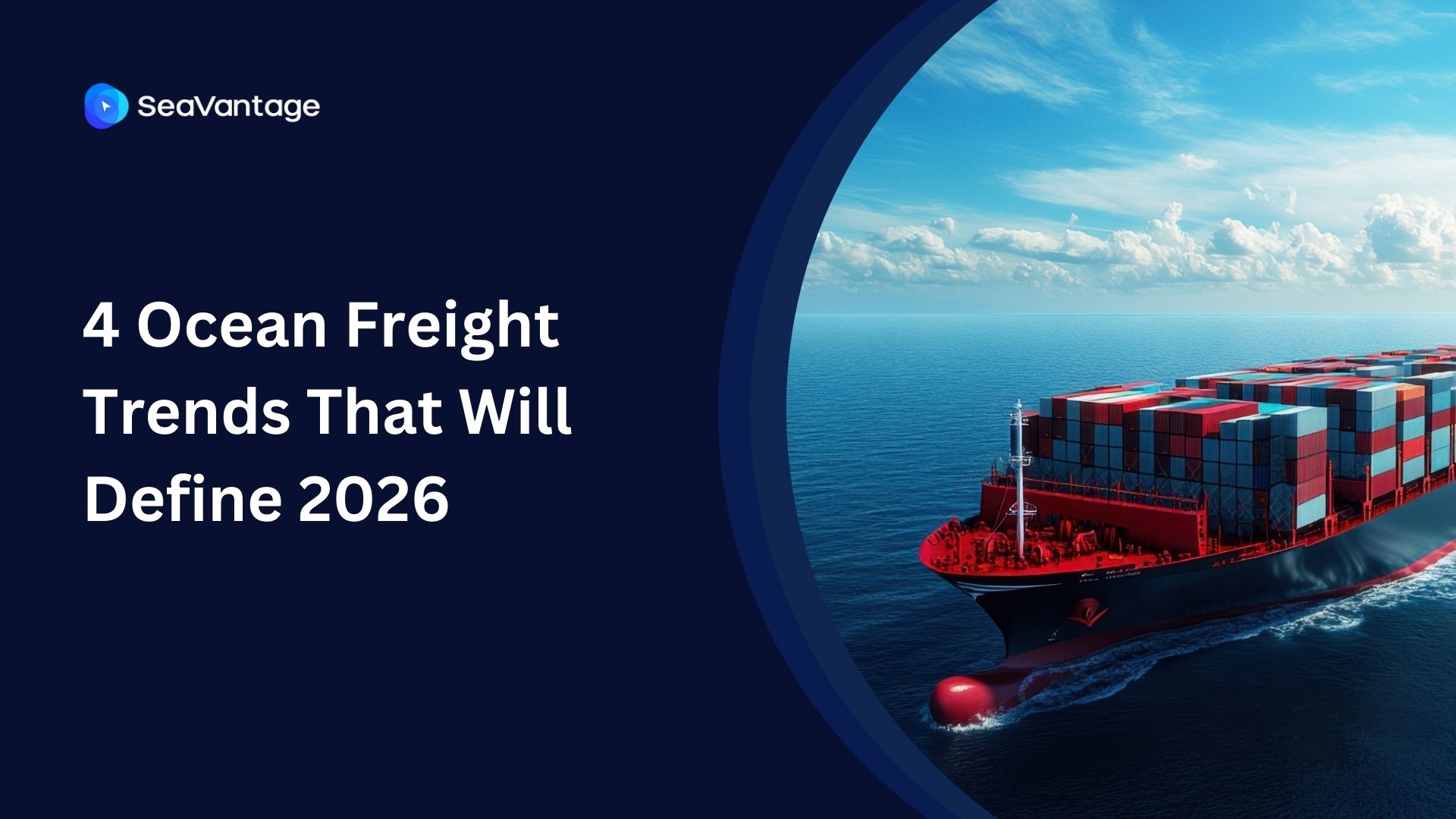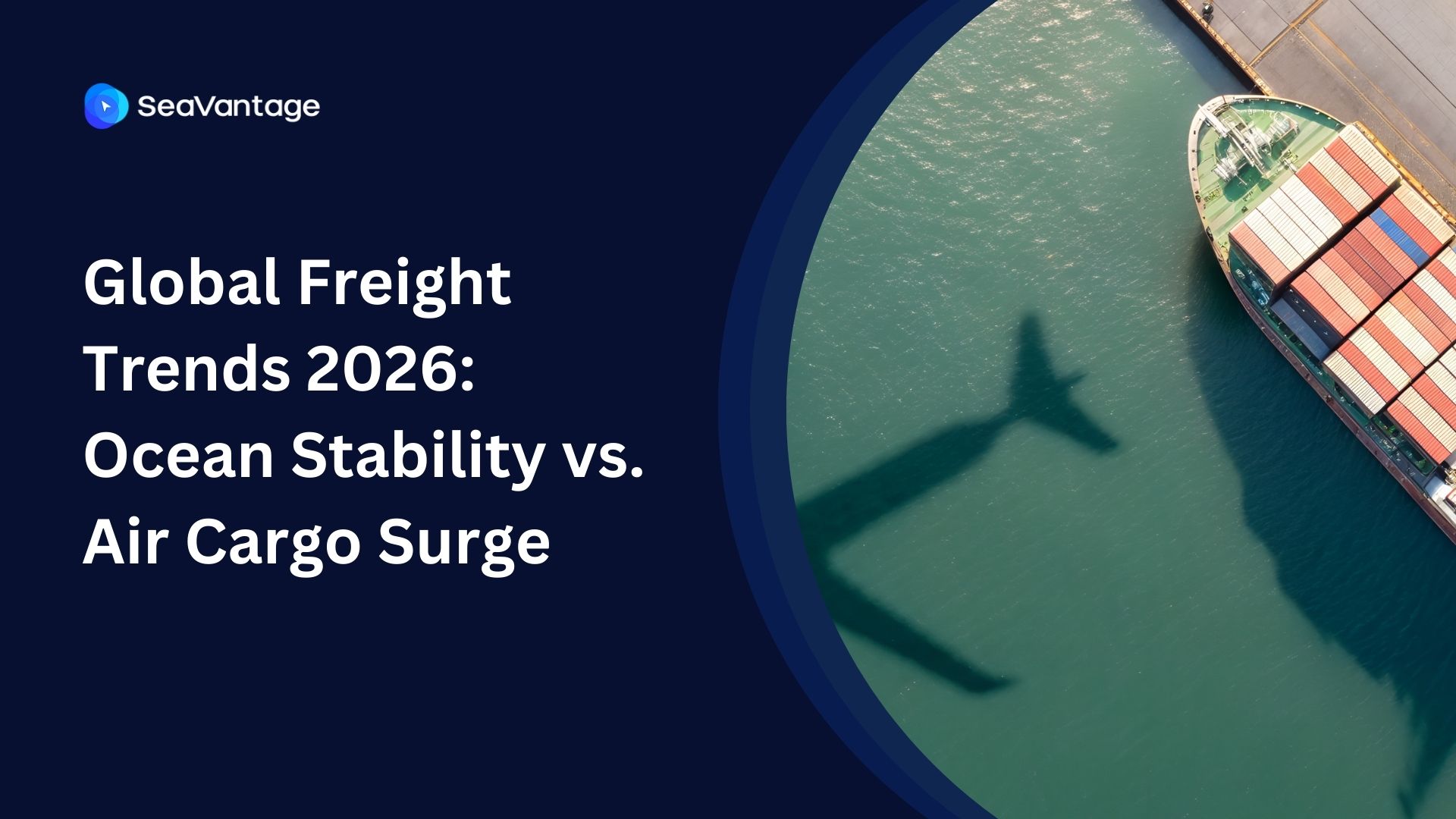Container Vessel Dwell Time by Carrier at Key Global Ports – July 2025 Analysis
Context and Scope of Dwell Time Performance Metrics
This dashboard provides a detailed, data-driven view of average vessel dwell times by shipping line. Dwell time is broken down into two key components—waiting time and working time at berth—offering a clear picture of carrier performance at major global ports.
The current analysis focuses on July 2025, with comparisons to June 2025 (MoM) and July 2024 (YoY) to highlight monthly fluctuations and broader yearly trends.
The analysis centers on 10 high-traffic container ports: Antwerp, Busan, Jebel Ali, Los Angeles, Long Beach, Ningbo, Rotterdam, Savannah, Singapore and Shanghai. SeaVantage maintains vessel dwell time data across all global container ports. If you're interested in accessing the full dataset or customized reports, please feel free to contact us directly.
Actionable Insights
This dashboard helps identify which carriers are experiencing increasing delays, where operational efficiency is improving or declining, and how recent disruptions may be affecting global port activity. These insights support smarter port selection and more informed carrier negotiations.
Breakdown of Carrier Dwell Times – July 2025
Busan continues to be the benchmark for efficiency in this dataset. The vast majority of carriers experienced zero waiting time, and vessel working times remained consistently low, indicating highly effective terminal operations and berthing processes.
On the other hand, congestion is evident at several major Asian and US ports. Shanghai faces significant delays, with Hapag-Lloyd recording an exceptionally high waiting time of 76 hours. Savannah also shows signs of strain, with Wan Hai Lines waiting for nearly 50 hours before berthing.
Los Angeles and Long Beach are characterized by prolonged working times rather than waiting. While vessels get to their berths quickly, operations are lengthy. HMM at Los Angeles spent 162 hours at berth, and MSC at Long Beach spent 150 hours—the two longest working times in this analysis, suggesting potential throughput challenges at the terminals.
HMM at Rotterdam shows the most significant systemic bottleneck for a single carrier. With a high waiting time of 20.8 hours combined with an extended working time of 88.8 hours, its total dwell time of over 109 hours points to persistent operational issues at that port.
In Long Beach, CMA CGM stands out for its high waiting time of 54.9 hours, an anomaly compared to other carriers at that port who experienced little to no waiting.
Finally, HMM at Antwerp also faced a notable total dwell time of over 109 hours, driven by a combination of very long waiting (57.5 hours) and working (52.1 hours) periods.
Month-over-Month Change in Carrier Dwell Times by Port
Year-over-Year Change in Carrier Dwell Time by Port
2025년 9월, 주요 글로벌 항만에서 어떤 운송사가 가장 긴 선박 체류 시간을 기록했는지 확인해보세요. 트렌드를 비교하고, 지연을 파악하며, 전체 항만 데이터를 통해 운송 전략을 최적화할 수 있습니다.
2025년 8월, 주요 글로벌 항만에서 어떤 운송사가 가장 긴 선박 체류 시간을 기록했는지 확인해보세요. 트렌드를 비교하고, 지연을 파악하며, 전체 항만 데이터를 통해 운송 전략을 최적화할 수 있습니다.
2025년 7월, 주요 글로벌 항만에서 어떤 운송사가 가장 긴 선박 체류 시간을 기록했는지 확인해보세요. 트렌드를 비교하고, 지연을 파악하며, 전체 항만 데이터를 통해 운송 전략을 최적화할 수 있습니다.
iscover the 4 critical ocean freight trends for 2026, from the Red Sea reopening and fleet overcapacity to shifting global trade maps. Prepare your supply chain now.
Discover key 2026 freight market trends: Port of Houston expansion, air cargo "super peak," and ocean freight stability. Plan your supply chain with SeaVantage.
Explore November 2025 global port dwell time data. See which ports and carriers led in efficiency across Antwerp, Busan, Long Beach, Rotterdam, and Singapore.



.svg)





.jpg)

.png)